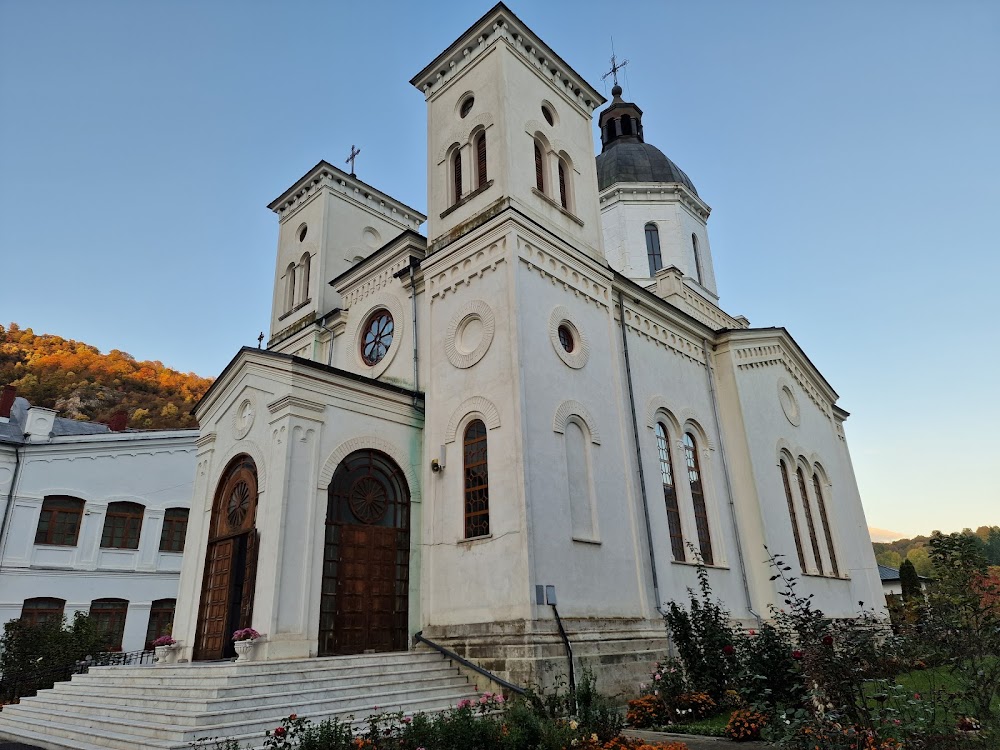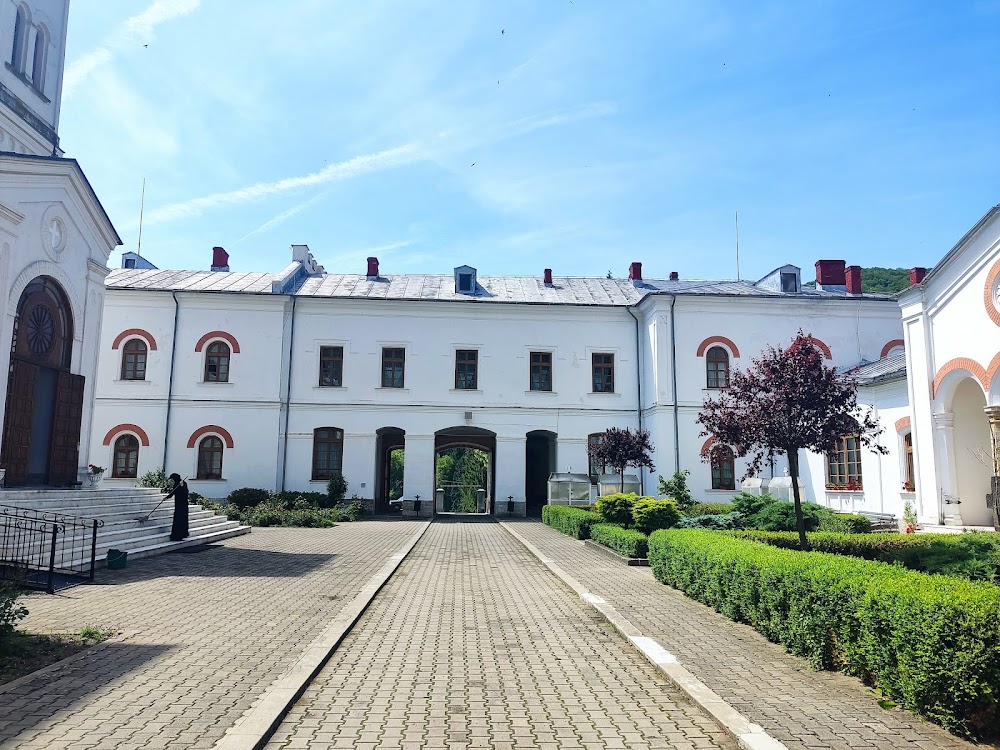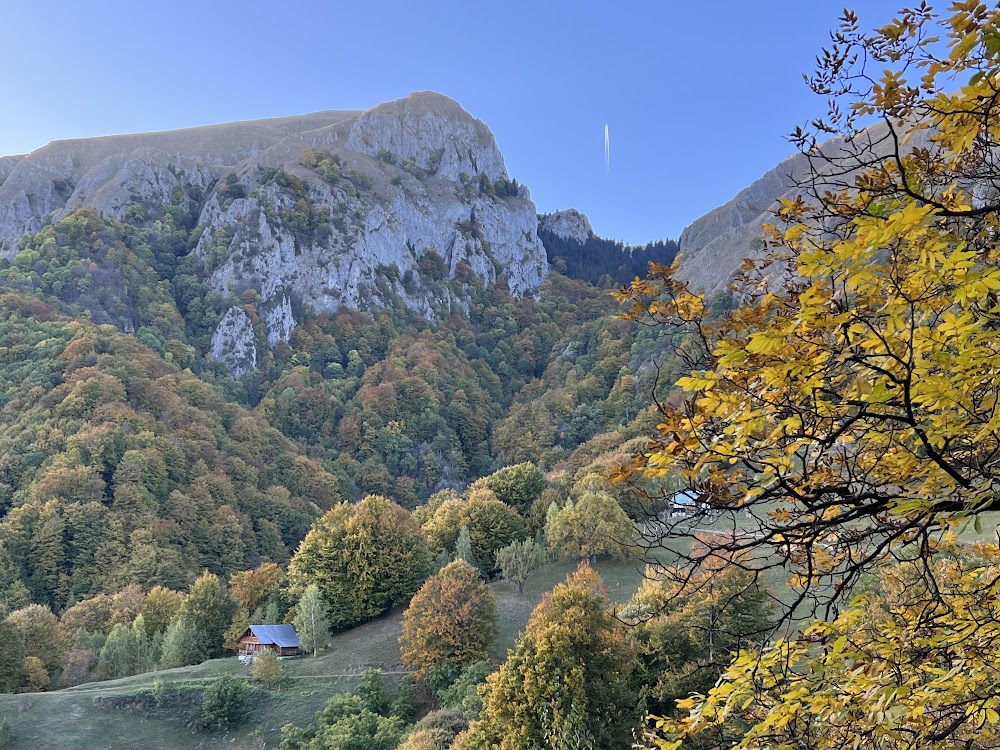Bistrița Monastery (Mănăstirea Bistrița)
Overview
Bistrița Monastery, nestled in the picturesque Vâlcea County of Romania, stands as a breathtaking example of Romanian religious architecture, deeply intertwined with the nation’s cultural and spiritual heritage.
The monastery was originally constructed between 1492 and 1494 by the influential Craiovești family, who were prominent leaders in Wallachia. Driven by their strong Christian faith, the family sought to establish a monumental place of worship. Legend has it that the monastery was founded by Barbu Craiovescu as a gesture of gratitude after he returned safely from a perilous journey.
Architecturally, the original church was designed in the Brâncovenesc style, renowned for its intricate stone carvings, stunning frescoes, and ornamental details that transform the church into a visual feast. These artistic elements not only served as a means of worship but also showcased the exceptional skills of local artisans.
Throughout its extensive history, Bistrița Monastery has endured numerous challenges, including invasions and natural disasters. A pivotal moment in its past occurred in 1509 when the monastery sustained significant damage during the Ottoman invasions. However, it was resiliently rebuilt and restored multiple times, notably in the 16th century under the patronage of Matei Basarab, an important Wallachian ruler, during the 17th century.
A unique aspect of Bistrița Monastery is the cave chapel of Saint Grigorie Decapolitul, located on a nearby hillside. This chapel is home to the relics of Saint Gregory of Decapolis, famously brought to the monastery from Constantinople in 1497. Pilgrims from all corners of the country flock to this site, making the cave chapel a vibrant hub of spiritual activity.
The inner courtyard of the monastery offers a tranquil escape, adorned with carefully maintained gardens and ancient trees that contribute to its serene atmosphere. The monastic complex also features living quarters for the nuns, a refectory, and a small museum. The museum showcases a rich collection of religious artifacts, rare manuscripts, and art pieces that reflect the deep historical and spiritual significance of the monastery.
Another architectural highlight is the bell tower, which rises majestically above the landscape. This historical structure not only serves a functional purpose but also enhances the area's skyline, symbolizing resilience as its bells have echoed throughout the centuries, calling the faithful to prayer.
In the 20th century, the monastery complex underwent modern restoration projects aimed at preserving its artistic and historical value. Experts meticulously revived the frescoes, carvings, and overall structure, ensuring that the monastery remains a vibrant place of worship and a point of interest for visitors.
Today, Bistrița Monastery continues to be an active religious site, home to a dedicated community of nuns who uphold their spiritual practices. They maintain the monastery grounds, facilitate services, and warmly welcome visitors and pilgrims seeking peace, prayer, and a connection to Romania's rich past.
In summary, Bistrița Monastery in Vâlcea County is a remarkable testament to Romania’s religious heritage. Founded by the Craiovești family in the late 15th century, it has withstood the test of time, invasions, and natural disasters. With its stunning Brâncovenesc architecture, the tranquil cave chapel of Saint Grigorie Decapolitul, and ongoing restoration efforts, this monastery beautifully captures the essence of Romanian spirituality and tradition.







